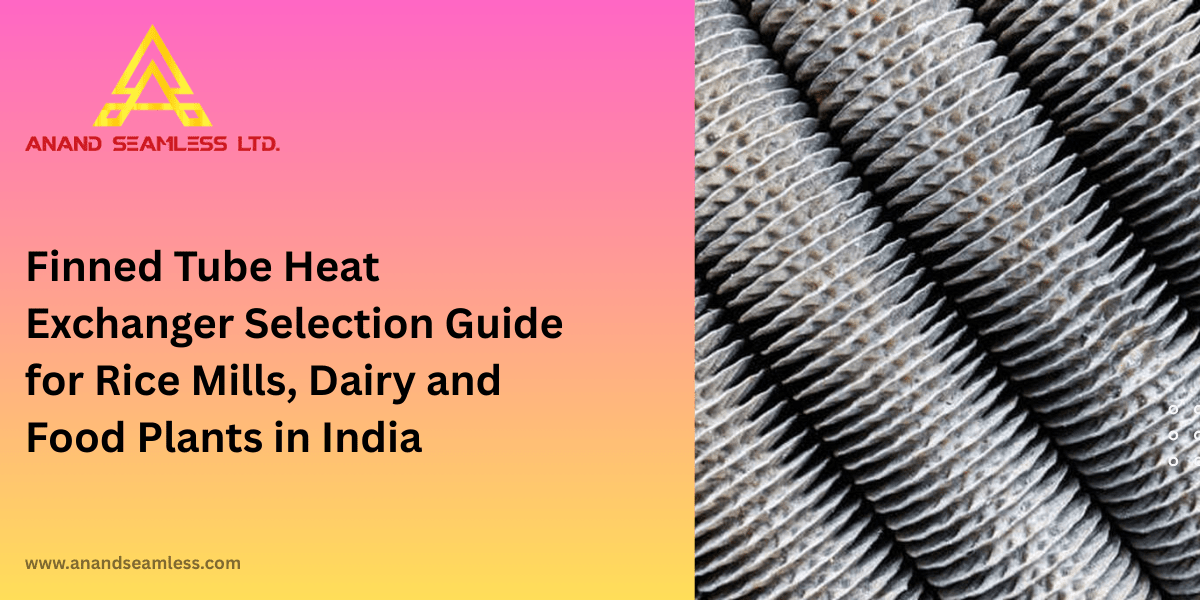
Finned Tube Heat Exchanger Selection Guide for Rice Mills, Dairy and Food Plants in India
A finned tube heat exchanger is one of the most important pieces of heating equipment in Indian rice mills, dairy plants, and food factories. It delivers the hot, clean, controlled air that dryers, ovens, parboiling systems, seasoning lines, spray dryers, and cleanrooms depend on every day. When chosen well, it cuts fuel bills, keeps drying […]
read more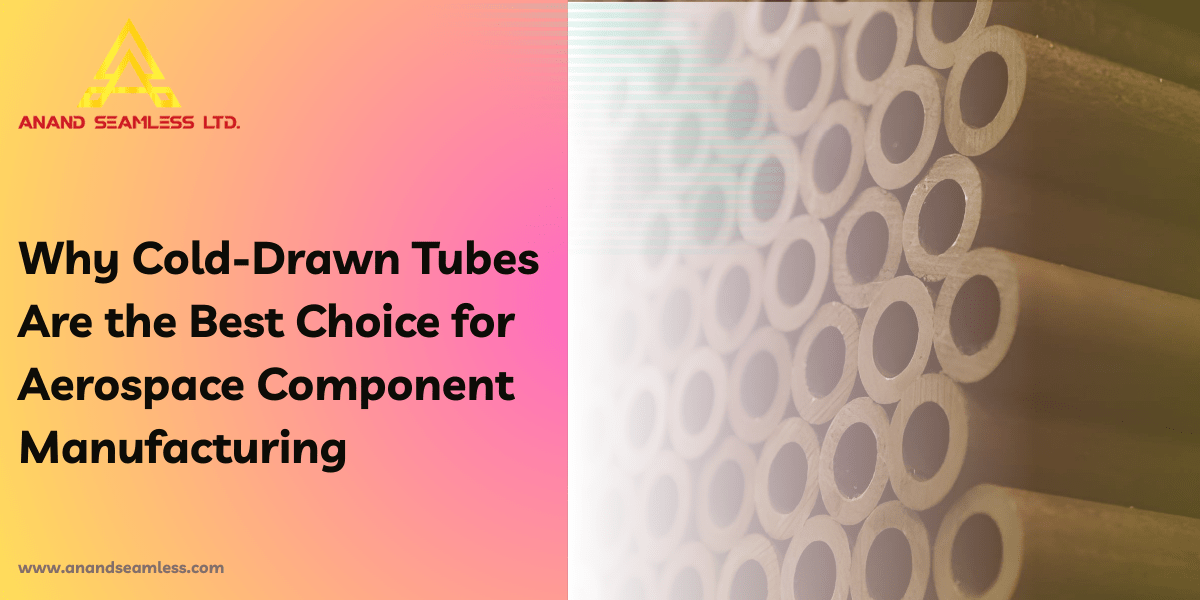
Why Cold-Drawn Tubes Are the Best Choice for Aerospace Component Manufacturing
When it comes to aerospace manufacturing, the selection of materials is crucial to ensure safety, performance, and durability in extreme conditions. Components in the aerospace industry are subjected to harsh environments, including high pressures, extreme temperatures, and vibrations, which demand materials that provide consistent strength, precision, and resistance to fatigue. Cold-drawn tubes stand out as […]
read more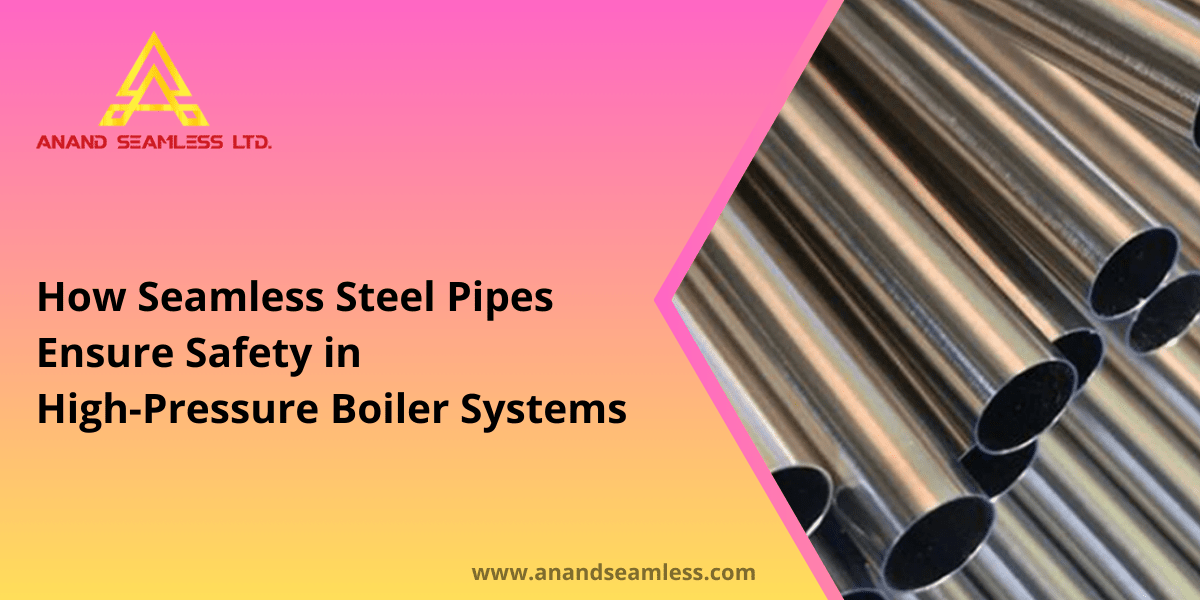
How Seamless Steel Pipes Ensure Safety in High‑Pressure Boiler Systems
When it comes to ensuring the safe operation of high-pressure boiler systems, the importance of selecting the right materials cannot be overstated. Among these materials, seamless steel pipes are a crucial choice due to their strength, durability, and performance under extreme conditions. In this blog post, we’ll explore why seamless steel pipes are essential in […]
read more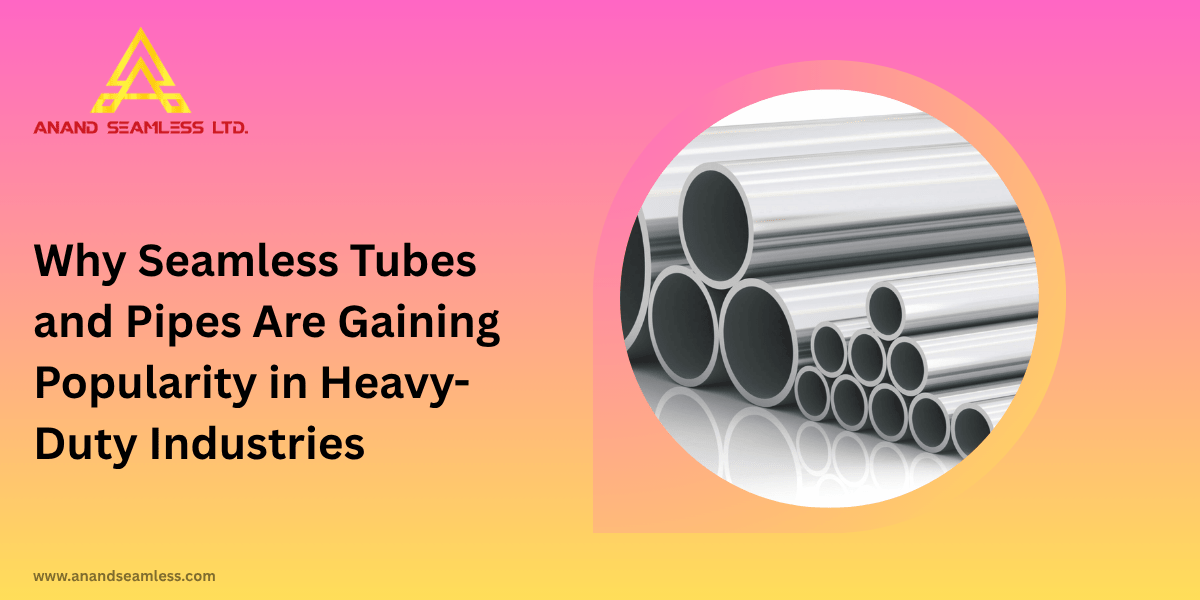
Why Seamless Tubes and Pipes Are Gaining Popularity in Heavy-Duty Industries
In the world of heavy-duty industries, where high performance, durability, and safety are paramount, the materials used for manufacturing equipment and piping systems need to meet exacting standards. Among the various materials available, seamless tubes and pipes have emerged as the preferred choice in numerous critical applications. From the oil and gas industry to power […]
read more
How Finned Tubes Help Combat Fouling in Heat Exchangers: Solutions for Clean Heat Transfer
Heat exchangers are the heart of many industrial systems, used to transfer heat between two or more fluids. However, one of the persistent challenges these systems face is fouling, the buildup of unwanted materials on heat exchanger surfaces. Finned tubes, commonly found in these systems, are no exception. While fouling in heat exchangers is a […]
read more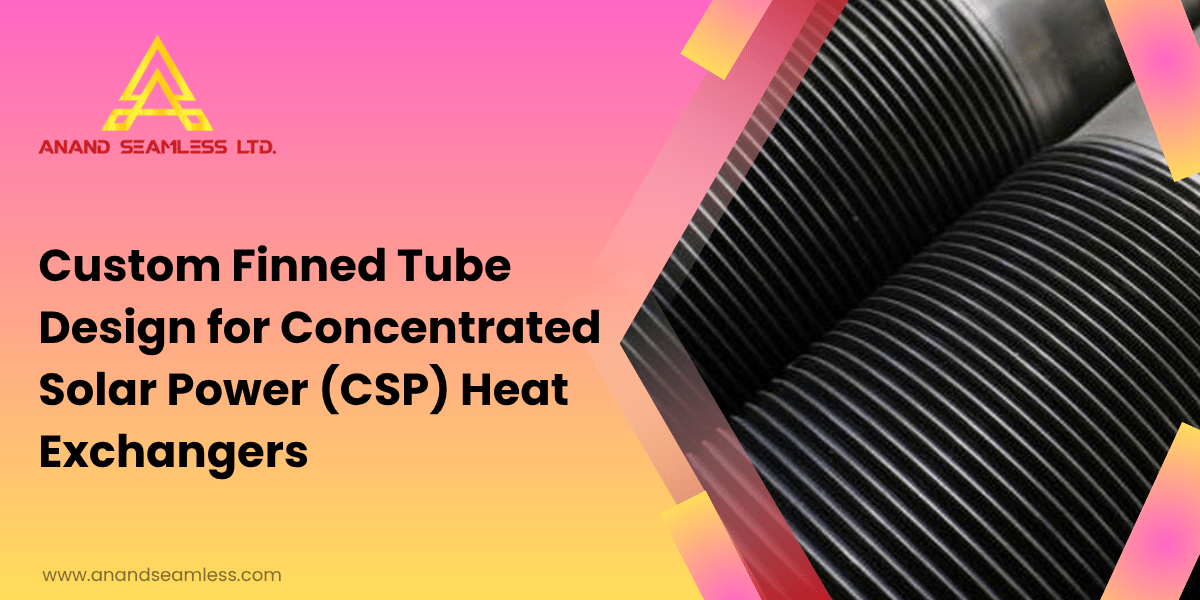
Custom Finned Tube Design for Concentrated Solar Power (CSP) Heat Exchangers
As India expands its renewable energy capacity, Concentrated Solar Power (CSP) plants are gaining serious attention. Unlike photovoltaic panels that directly convert sunlight to electricity, CSP systems use mirrors to concentrate sunlight onto receivers that heat a working fluid. This heat is then transferred to produce steam and generate electricity. At the heart of this […]
read more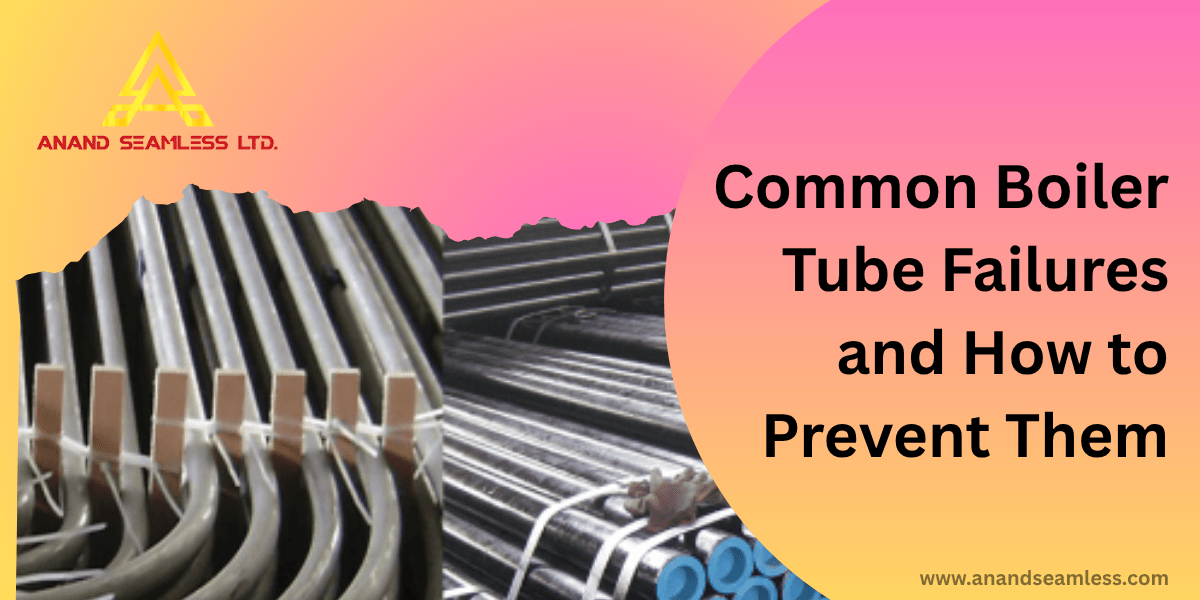
Common Boiler Tube Failures and How to Prevent Them
Boilers are crucial components in many industrial settings, from power plants and manufacturing facilities to heating systems in residential and commercial buildings. Boiler tubes, often the heart of a boiler system, are responsible for conducting heat efficiently, transferring energy, and ensuring the system’s overall performance. However, like any machinery, they are prone to failures, which […]
read more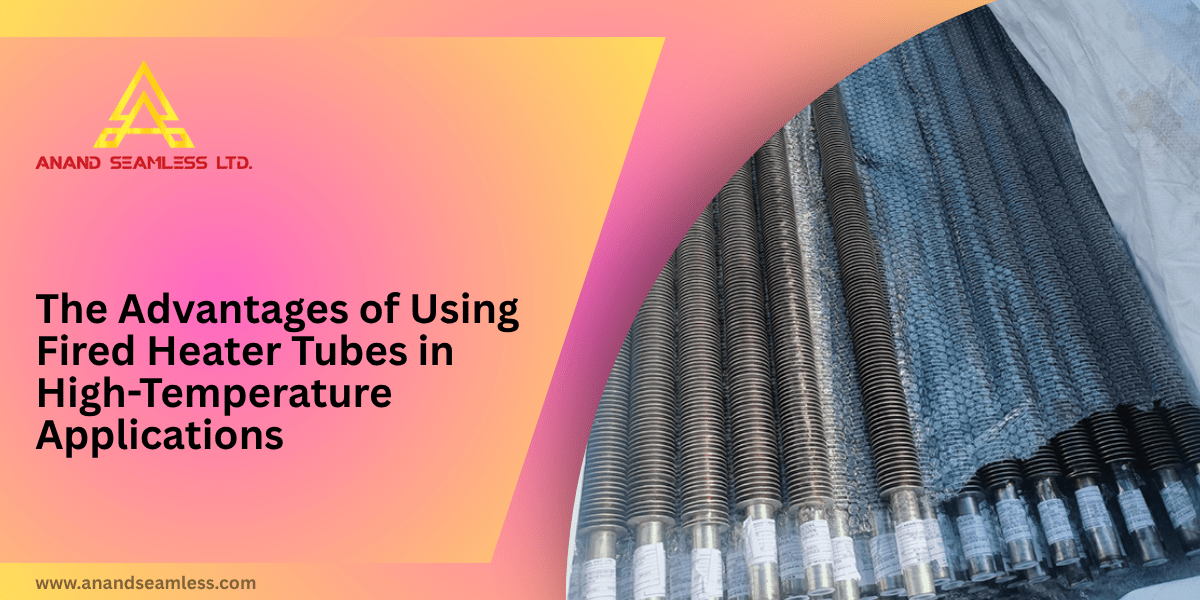
The Advantages of Using Fired Heater Tubes in High-Temperature Applications
In the world of industrial heating, efficiency, durability, and safety are paramount. Whether it’s refining oil, processing chemicals, or generating power, the role of heaters in industrial operations cannot be overstated. One key component that plays a vital role in ensuring effective heat transfer and system performance is the fired heater tubes. These specialised tubes […]
read more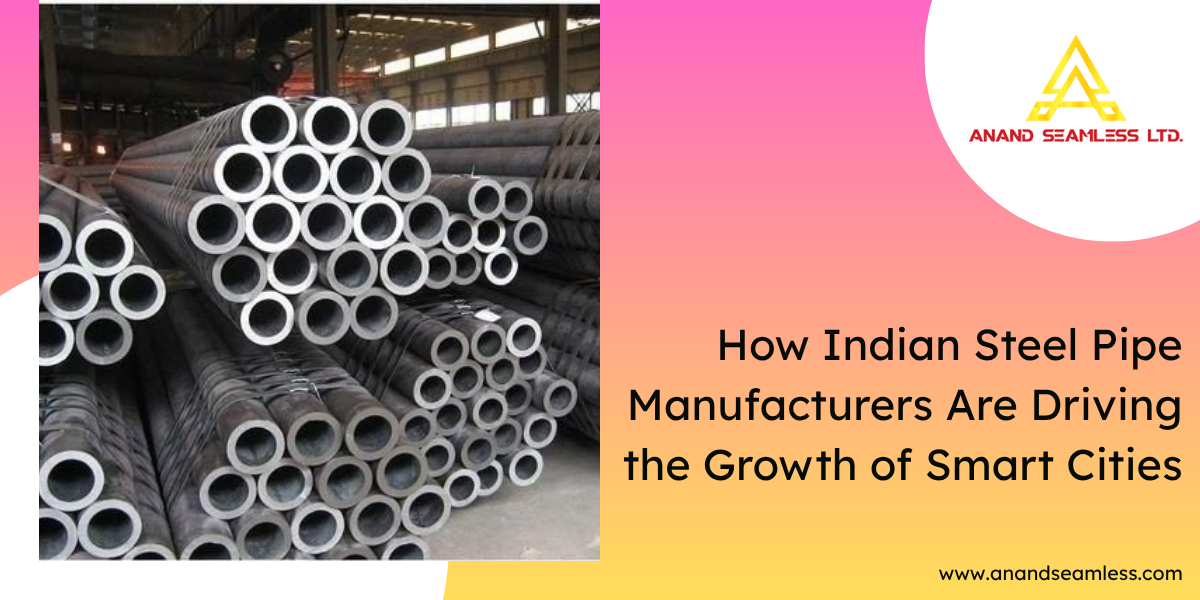
How Indian Steel Pipe Manufacturers Are Driving the Growth of Smart Cities
India’s ambitious vision for smart cities is reshaping urban environments with cutting-edge technology, sustainable infrastructure, and better living conditions. As the country moves towards creating more efficient, connected, and sustainable cities, there is one critical element underpinning these developments: robust infrastructure. At the heart of every successful urban project is the reliable transportation of water, […]
read more